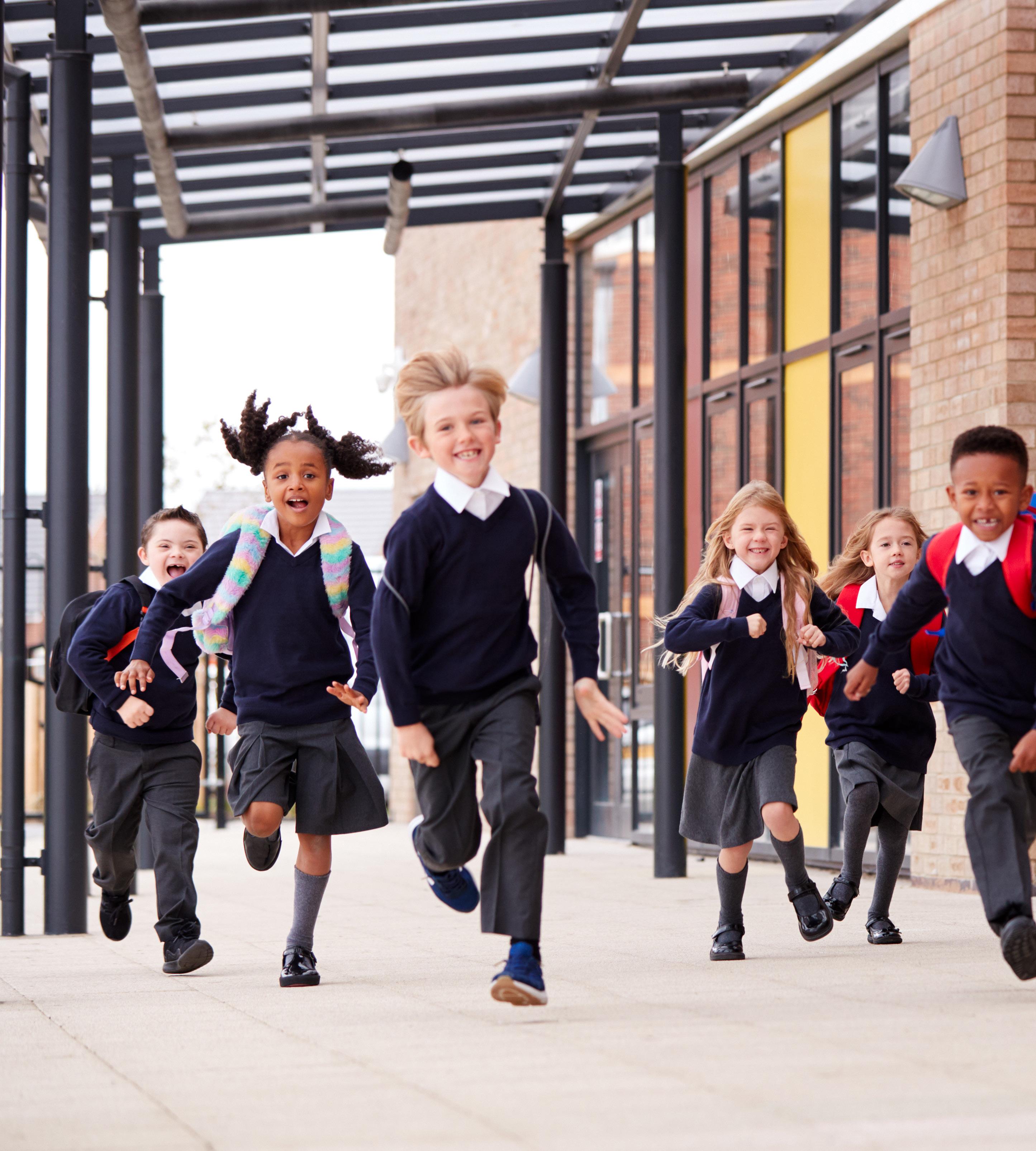
4 minute read
Bounce back to school
As we all get used to this ‘new normal’ that has been sprung upon us, it is difficult to remember what normal school was like. As a Head teacher, I’m trying to remember what it was like without two metre signs and handwashing checklists. Children are very resilient but six months at home for some children will have had an impact. I have seen heroic efforts from parents who have been home schooling and managing day to day life during this pandemic, it has been inspiring. All children are individual, some will bounce back without a thought, some will feel nervous on the first day and then slip into routine quickly and others will have a deeper level of anxiety.
Advertisement
Anxiety is a normal feeling, we all felt anxious before our driving test or exam and we all remember that tummy turn feeling before an interview or the first day at college. It is when anxiety is more than this that it can become overwhelming and it can be a difficult emotion for our young people to manage alone. It will be normal for children to feel a little anxious or worried about returning to school in September but it is when this presents as something more than “first day back nerves” that some strategies would be useful.
Aspire / Issue 08 / 81

HOW DO WE KNOW OUR CHILD IS ANXIOUS?
It is more difficult for children to manage feelings of anxiety, mainly because they don’t know what they are. Signs to look for in our children when anxiety is becoming overwhelming for them could be children being extremely clingy, changes in behaviour – for example angry outbursts or emotional outbursts over something that normally wouldn’t have that effect, bed wetting or waking in the night. There are many signs, but really any major changes in behaviour could be a sign that feelings are overwhelming them.
It is important for adults and children to recognise what it looks like physically in order to help manage it. Story books are a non-threatening way to talk through what worry is and more importantly what it feels like. I can personally recommend ‘The Huge Bag of Worries’ by Virginia Ironside or ‘Ruby’s Worry’ by Tom Percival. I have read both these books to children and we have enjoyed the story but more importantly, it is a good way to understand what worrying feels like. It is also a great way to open conversations about worries and all children will love the stories. Don’t panic if there isn’t anything worrying them – some children won’t be overly worried; we are all special and unique.
As parents we want to protect our children, however it is tempting to feed anxiety by over protecting. COVID -19 has been stressful and anxious for adults alike and children pick up on this and it can increase their own worries. When talking about worries regarding school with your children it is important to ‘hear them’ and ‘acknowledge’ them but also be positive about the benefits of returning. We can unknowingly make things more stressful by fuelling these worries with our adult take on things.
82 / Aspire / Issue 08

HOW CAN WE HELP OUR CHILD TO SETTLE BACK INTO SCHOOL?
• Start preparing during the holidays by reconnecting with the school. The school website or school social media is a good place to start to remind us all of what a wonderful place school is.
• Lots of schools are putting transitional resources on their websites – engage with these with your child.
• Get creative with your child and make ‘I missed you’ cards together to give to their teacher or friends. Encourage them to draw the school or their favourite lessons they have missed.
• Encourage them to engage with their school friends via zoom or face time (adult supervised) to chat about school and their return.
• If your child is struggling with the thought of leaving mum or dad for an extended period of time – think about a transitional object. This will have to be thought about carefully with safety measures in place but anything they can have on their person is great to remind them of you while they transition back to school – examples could be a badge or a special pair of socks!
• A worry box at home is useful. Make it with your child, decorate it and suggest they write or draw any worries on a small piece of paper and pop it in the box at any time. You can then decide as a family when you read them and address these worries. Sometimes just voicing worries is enough to ease them.
• If you are really worried about your child’s anxiety, I would encourage you to contact your class teacher or SENCO at the school to ensure they are aware. This will help in those first few days.
• The ELSA website has some great free resources to use at home with children and is well worth a look. elsa-support.co.uk
Be as positive as you can about the return whilst remaining aware of the signs to look for that your child is anxious. The above strategies will help children as we all get used to our new normal. Please feel you can direct message me if you need any further advice @willis_home_diaries and I will be happy to help.
Aspire / Issue 08 / 83










